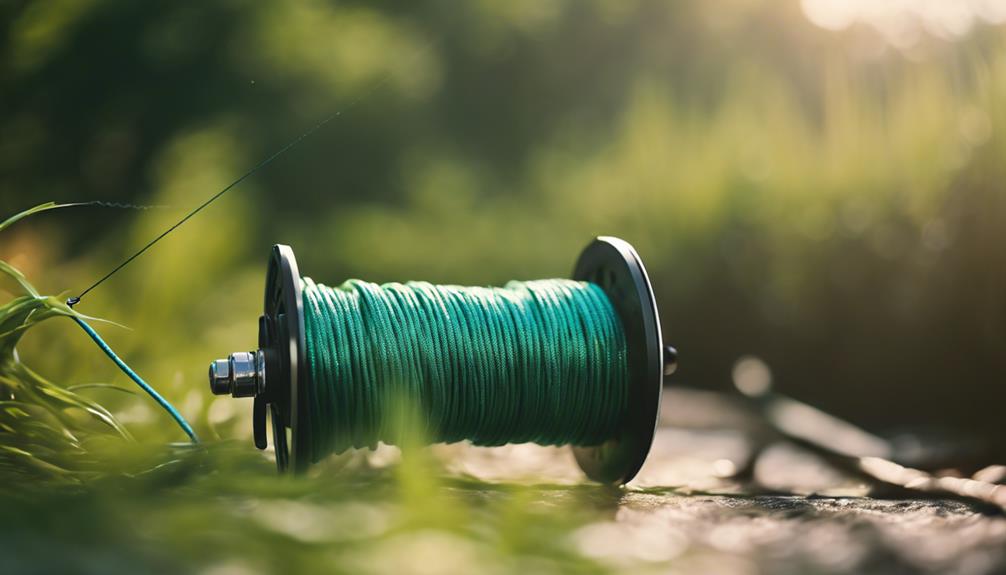Fly fishing is an art form that requires the right tools to ensure success on the water. Among these tools, fly fishing poles are perhaps the most crucial. In this blog post, we will explore everything you need to know about fly fishing poles, from their construction and types to how to choose the perfect one for your fishing adventures.
Understanding Fly Fishing Poles: What Are They?
Fly fishing poles, also known as fly rods, are specialized tools designed for the sport of fly fishing. Unlike conventional fishing rods that are generally heavier and meant for casting weighted lures, fly fishing rods are lightweight and designed for casting very lightweight flies. They typically range from 6 to 10 feet in length and are constructed from materials like graphite, fiberglass, or bamboo. The design of these rods is essential for the delicate presentation of the fly to the fish, making it critical to understand their unique characteristics.
Types of Fly Fishing Poles: Which One is Right for You?
When it comes to fly fishing poles, one size does not fit all. There are various types designed for different fishing environments and techniques. The most common types include:
– Single-Handed Rods: These are the most popular among beginners and are versatile for various fishing conditions. They usually range from 7 to 9 feet in length and are perfect for small streams and rivers.
– Double-Handed Rods: Also known as spey rods, these are longer (typically 11 to 15 feet) and are primarily used for casting larger flies in big water bodies. They are ideal for salmon and steelhead fishing.
– Tenkara Rods: Originating from Japan, these are ultra-light and telescopic rods that are perfect for small streams. They are simple to use and have no reel, making them a great option for beginners.
Understanding the types of fly fishing poles available will help you make an informed decision based on your fishing style and the environments you plan to fish in.
Key Features to Look For in Fly Fishing Poles
When choosing a fly fishing pole, several key features should be considered to ensure you select the best rod for your needs.
1. Material: Fly rods are primarily made from graphite, fiberglass, or bamboo. Graphite is lightweight and sensitive, making it ideal for experienced anglers. Fiberglass is more durable and forgiving, great for beginners. Bamboo rods are traditional and offer a unique casting experience but can be expensive.
2. Action: The action of a fly rod refers to how much it bends during casting. Fast action rods bend mainly at the tip, offering quick responsiveness, while slow action rods bend more throughout their length, providing a more gentle presentation.
3. Weight: Fly rods are categorized by their weight, which influences the line weight they will cast effectively. A 3-weight rod is suitable for small streams, while heavier rods (7-weight and up) are ideal for larger fish species.
By keeping these features in mind, you can find a fly fishing pole that fits your skill level and fishing preferences.
Choosing the Right Length for Your Fly Fishing Pole
The length of your fly fishing pole can significantly affect your casting ability and the type of fishing you plan to do. Generally, shorter rods (6-8 feet) are better for tight spaces, such as small streams and forests, while longer rods (9-12 feet) are more suitable for open waters and casting longer distances.
Longer rods provide better line control and can help you cast further and more accurately in windy conditions. However, they can be more challenging to handle, especially for beginners. When selecting a rod length, consider your fishing environment and your own comfort level with casting.
The Importance of Fly Rod Action: Fast vs. Slow
The action of your fly fishing pole plays a crucial role in how you cast and present your fly. Fast action rods are responsive and provide more power for long-distance casting, making them popular among experienced anglers who require precision. They allow for quick line retrieval and are excellent for larger fish species that require a strong hook set.
On the other hand, slow action rods are more forgiving and provide a smoother casting experience, which is beneficial for beginners learning the nuances of fly presentation. They allow for better control when casting delicate flies, making them suitable for smaller, more cautious fish. Understanding the differences in action will help you choose a pole that matches your fishing style.
Maintaining Your Fly Fishing Pole for Longevity
Proper care and maintenance of your fly fishing pole will ensure it lasts for many seasons. Here are some essential tips to keep in mind:
– Rinse After Use: Always rinse your fly rod with fresh water after fishing, especially if you’ve been in saltwater. This helps remove any salt or debris that could damage the rod over time.
– Store Properly: When not in use, store your fly rod in a protective case. Avoid leaving it in hot or humid areas, as extreme temperatures can weaken the materials.
– Inspect Regularly: Check your rod for any signs of damage, such as cracks or loose guides. Address any issues promptly to avoid further damage.
By following these maintenance tips, you can extend the life of your fly fishing pole and enhance your overall fishing experience.
Conclusion: The Joy of Fly Fishing with the Right Pole
In conclusion, selecting the right fly fishing pole is integral to your success and enjoyment in the sport. With various types, lengths, and actions available, it’s essential to assess your fishing style, the environments you plan to fish, and your own skill level. Remember, the right gear can make a world of difference in your experience on the water, allowing you to connect with nature and enjoy the thrill of catching fish. Whether you’re a beginner or a seasoned angler, investing time in understanding fly fishing poles will lead to more rewarding fishing adventures. Happy casting!
